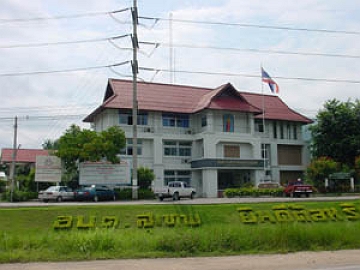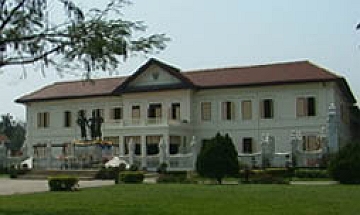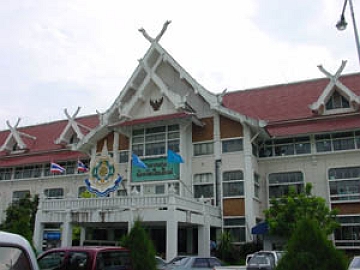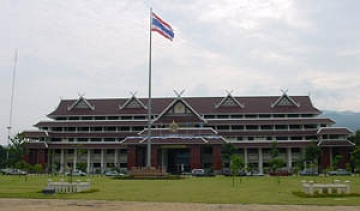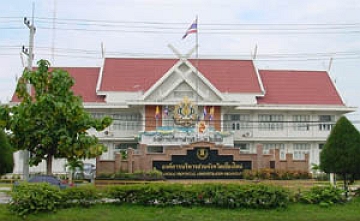| 3. Centralized Administration The centralized administrative structure, which was essentially completed in the 1920s, began to be eroded by the trend of decentralization in the 1990s. In addition to provinces (PAO, Provincial Administrative Organizations) and cities (municipality), sub-districts (TAO, Tambon Administrative Organizations) became autonomous bodies. The budgets of these local governments, which used to be less than 10% of the central government’s budget, have now increased to more than 20%. However, the decentralization is actually contributing to the widening of disparities, making smaller local governments inevitably dependent on the central government financially. Moreover, the regional offices of ministries and departments of the central government, rather than local governments, still account for a dominant share of administrative tasks. A good example is the provincial office. The provincial office building actually is a joint government building housing the regional offices of central government ministries and departments. In Chiangmai, the provincial office building, which had been in an urban area, was moved to the outskirts of the city as it became too cramped. In the 1990s, a bigger second building was constructed. On an adjacent site stands a humble provincial government office building. The difference in size between both can be likened to the difference between a luxury mansion and a small-detached house.
TAMADA Yoshifumi |
